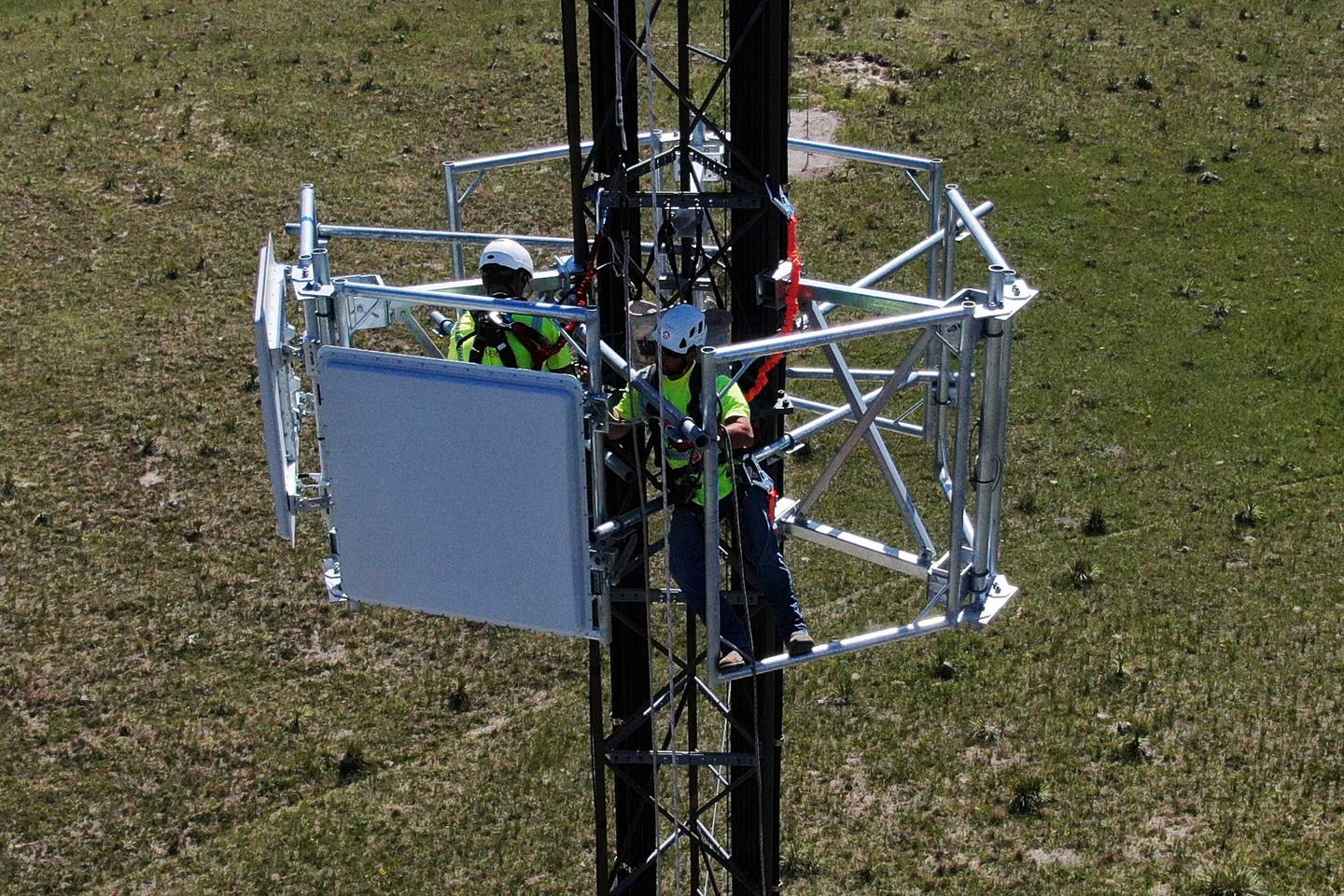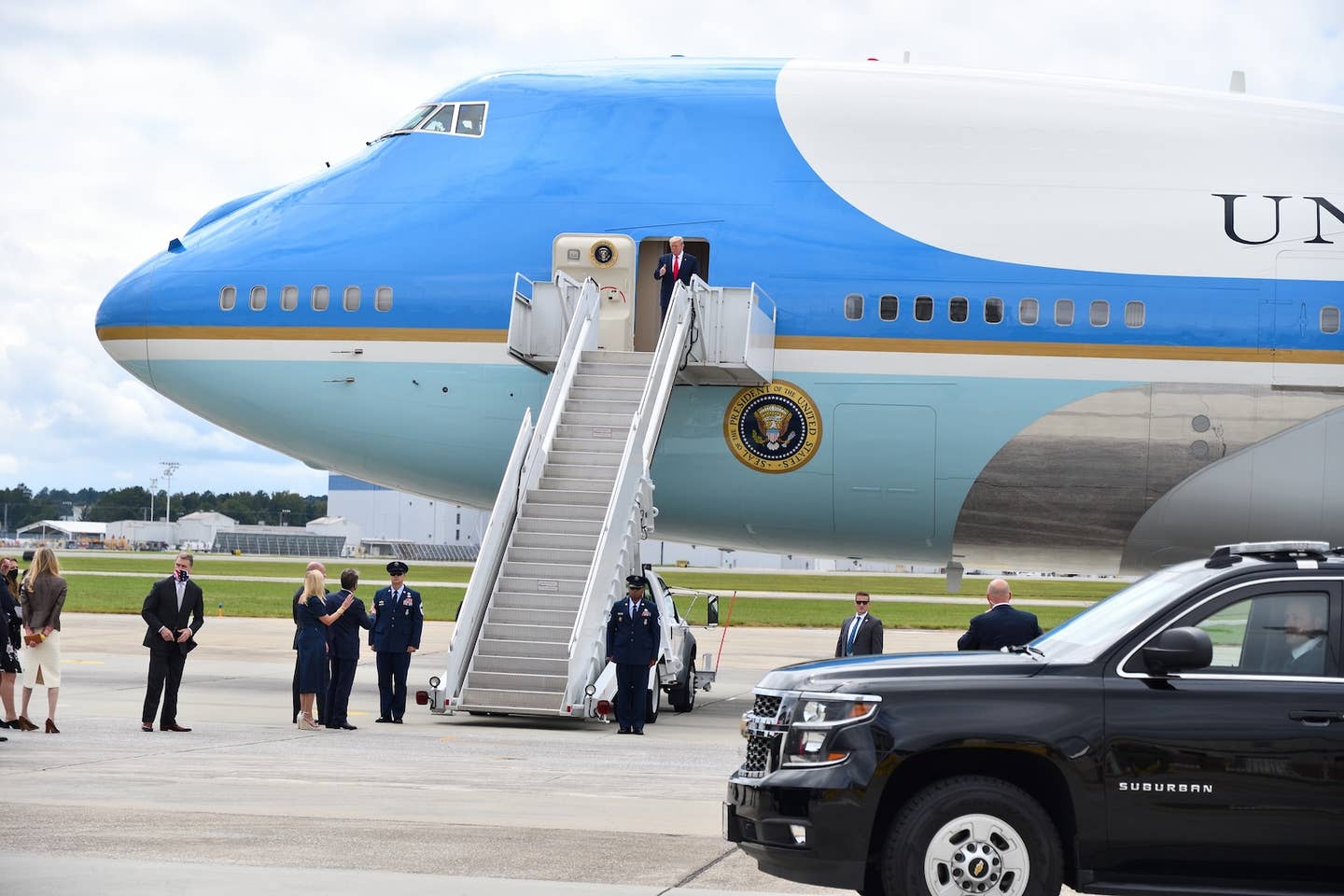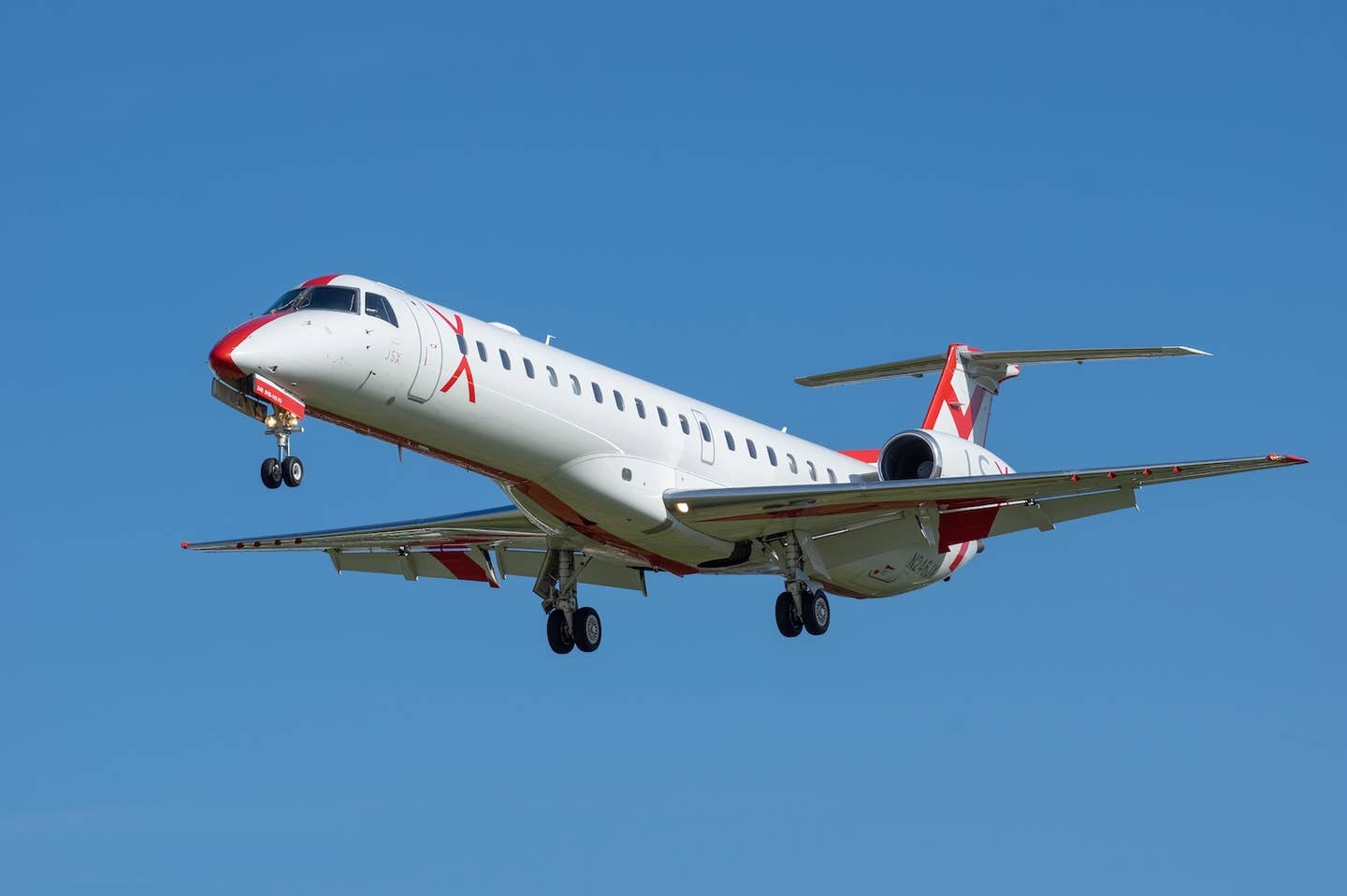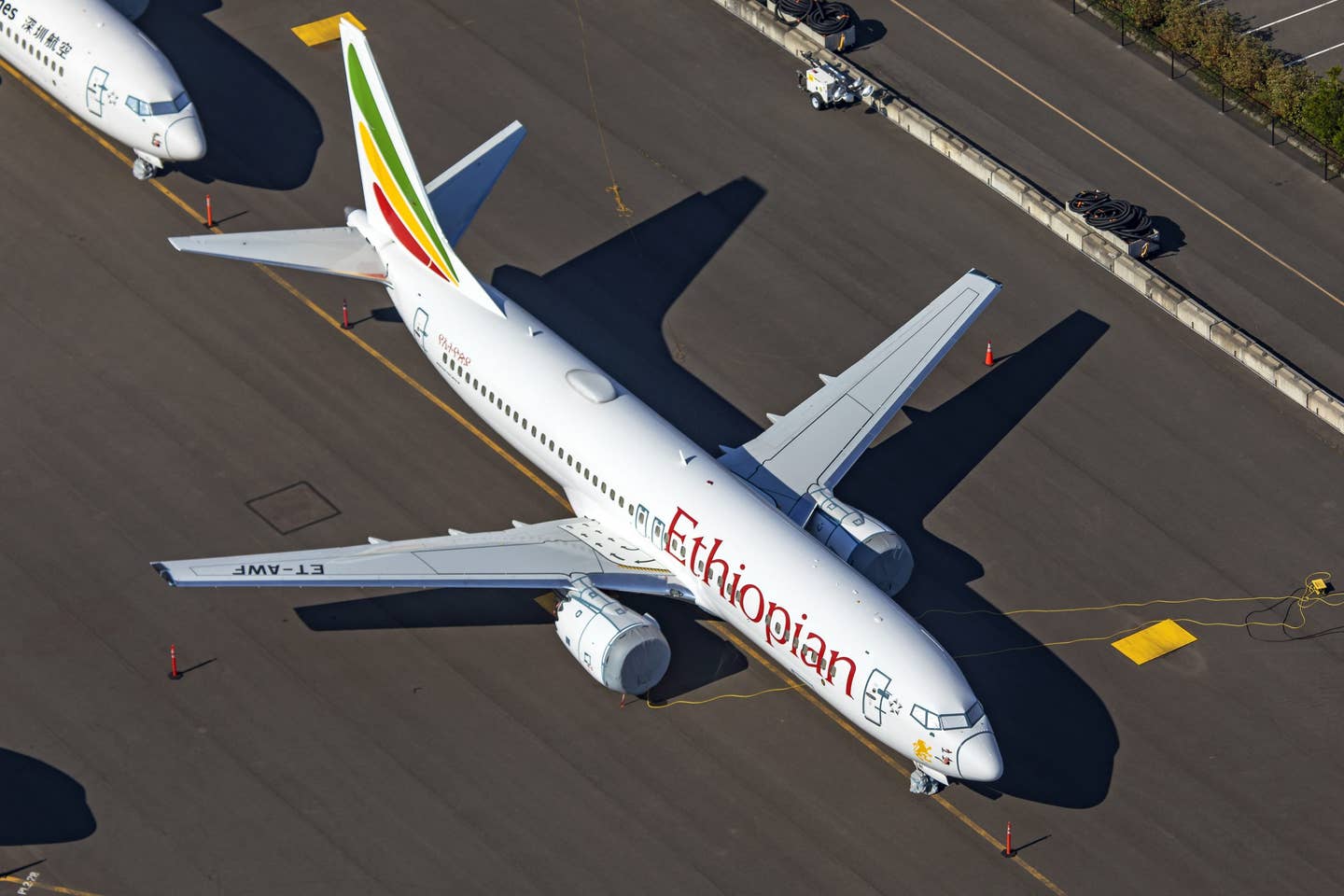
Members of the aviation industry have expressed concern that 5G may interfere with radio altimeters of aircraft on approach to certain airports. [Credit: Adobe Stock]
Less than 24 hours after declining a request by U.S. transportation officials to delay the roll out of new 5G service by two weeks, AT&T and Verizon Communications have backtracked and have agreed to delay the release by two weeks to January 19.
According to Business Travel News, on December 30, the trade association Airlines for America filed a petition with the Federal Communications Commission (FCC) to stop the deployment of 5G wireless service near U.S. airports until it can be determined that 5G does not present a safety issue to air carrier operations. The association represents both passenger and cargo operations.
5G networks use a set of radio waves called the C-band spectrum. The purpose of 5G is to provide for faster internet operations, however, the FAA and other members of the aviation industry have expressed concern that 5G may interfere with radio altimeters of aircraft on approach to certain airports, and therefore have a negative impact on flight safety.
The wireless carriers’ decision to accept the two-week delay came as the FAA was drafting precautionary flight restrictions in the name of safety. Over the past few weeks, the FAA has pointed out the safety concerns of the rollout and argued the flight restrictions could potentially disrupt air travel and cargo shipments around the world, especially when combined with airline staffing issues due to COVID-19 and weather delays.
AT&T and Verizon countered that they had already postponed the release of 5G by a month when they agreed to January 5. In addition, the companies pointed out that 5G is already in use in France, and American air carriers fly there on a daily basis with no issues.
In a letter sent to the wireless companies in December, U.S. Transportation Secretary Peter Buttigieg noted that during the two weeks, “The FAA will identify the priority airports, issue the required Notices to Air Missions (NOTAMs) and begin approving Alternate Means of Compliance (AMOCs).”
The letter continued, “During this time, the FAA will review information relating to the size of the buffer zone around critical airports and will seek to reduce the size when safely able based on data from aviation manufacturers. The FAA will make every effort to complete this work as expeditiously as possible.”

Sign-up for newsletters & special offers!
Get the latest FLYING stories & special offers delivered directly to your inbox



![United Airlines secures FAA approval for Starlink, with first commercial flights set for May. Starlink offers 50x faster internet, free for MileagePlus members. [Courtesy of United Airlines]](https://www.flyingmag.com/uploads/2025/03/UnitedAirlines_Starlink_Image.jpg?auto=webp&auto=webp&optimize=high&quality=70&width=1440)


